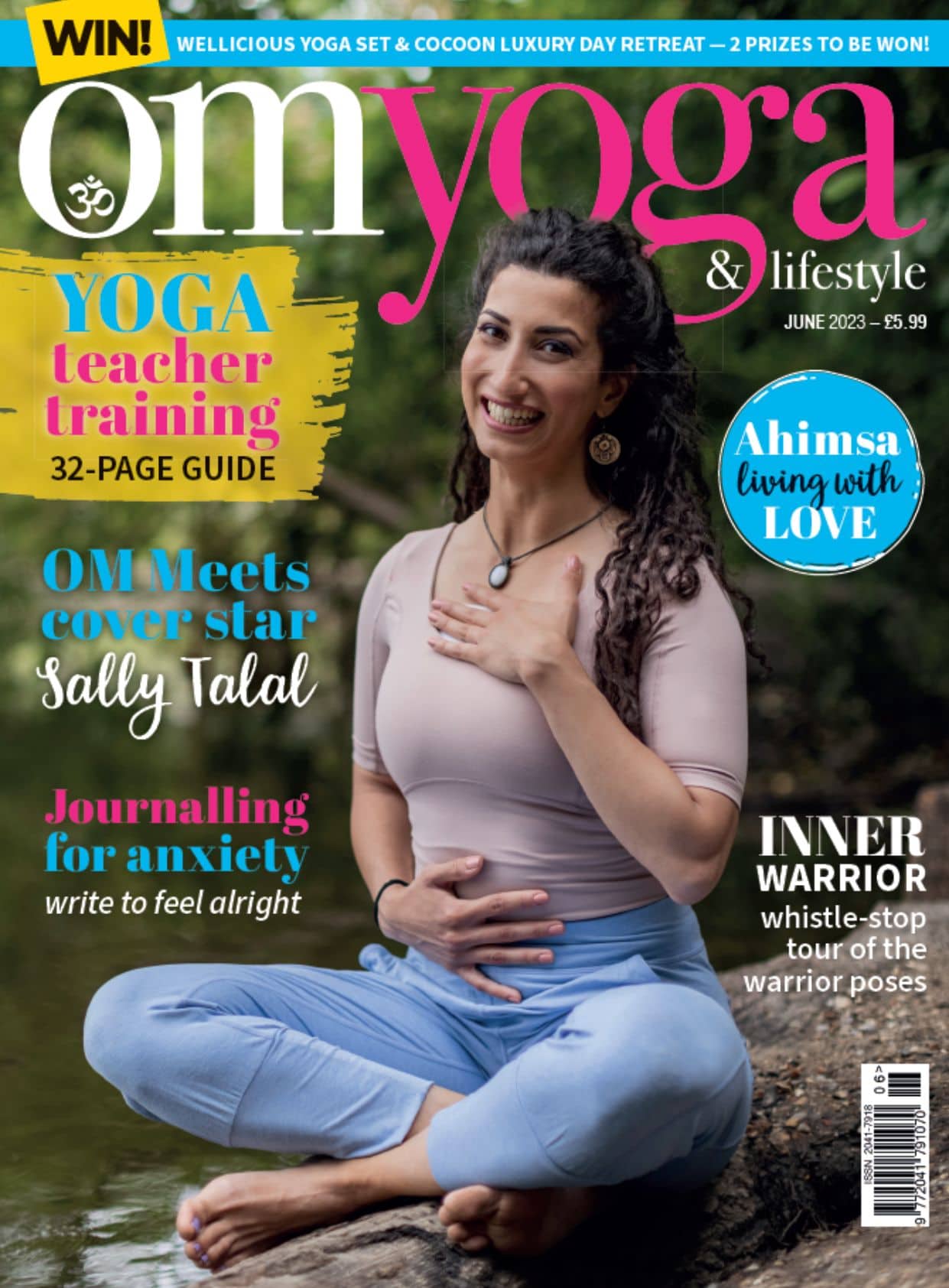
The kaleidoscope of the mind
Understanding the activity of the mind is the first step in learning to find our authentic self or centre of consciousness. By Carole Merritt
Reading time: 4 minutes
The mind is composed of four interconnected parts: the manas, the budhi, the chitta and the ahamkara. These four parts work together, seamlessly, to create the total mind, or antahkarana.
A quick description of each of the four parts of the mind:
Manas: The manas is a sensory processor. Manas is always busy with simple and basic functions that take up a lot of our mental energy. All of the sensory input form the world around you, and from inside your body, must be identified, categorised and a simple determination is made about what to do with the information.
Budhi: The Budhi makes higher-level decisions and judgements based on information from the manas mind, coloured with knowledge from past experiences and hopes for the future. Intuition and creativity have a home in the Budhi.
Chitta: Chitta contains our memories and impressions of past experiences. Chitta affects the perceptions of input to the Manas.
Ahamkara: The Ahamkara is the part of you that identifies your self as a being separate from others in the world.
As we move through our lives, we perceive the world through a kaleidoscope of the four colours of the mind. Each area influences all the others. Our true self is at the centre of the kaleidoscope – never changing and never moving. It is the centre from which all action, perception and emotion originate.
Each are of the mind is just as important as the others; it is important that we perceive that simple activity of Manas to be as essential as the others.
Meditation practice
Meditation allows us to tease apart the colours of the kaleidoscope so that we might observe the activity of each area of the mind. This observation allows us to see the impact of the interconnections between the areas of the mind.
The most accessible way to begin to tease apart the activity of the different areas is to approach through the Manas mind. Deliberately and consciously observing the sensory input to the body, then focusing in on one aspect allows us to still the activity of the Manas. With time and practice, the Budhi emerges as well as the Chitta and the Ahamkara.
As the four areas of the mind become distinct, the centre becomes prominent. We can begin to see the activity and interconnections that filter our perceptions and guide our actions. This understanding helps us to know where and how past perceptions or desire for the future impact our actions, judgements and decisions.
On a daily basis, the four areas appear to work together so seamlessly and quickly that we may be unaware of their impact on each other. Meditation effectively puts a pause on the play of the mind and allows us to see clearly.

How to use meditation to discover the four areas of the mind...and the centre:
- Find a comfortable position where you will not fall asleep and where your breath can come easily. Try to find a time and place where you will not be interrupted.
- Begin to notice the sensory input from outside your body. Notice the temperature and feeling of the air on your skin, the smells and sounds around you. Notice the way your clothes feel on your body and how your body is touching the floor or seat.
- Begin to notice sensory input from inside your body. Notice the natural rhythms of your breath, your pulse or heart rate, digestion or any other sensations from within.
- Begin to focus on your breath and let all else fall away.
- Become an observer to the activity of the mind as the Budhi, Chitta and Amharka take shape.
- Note your true self emerge!
You may find that you need to practice steps one to four for some time before steps five and six present themselves. That's totally fine. Above all, enjoy the process.
Carole Merritt is a yoga teacher from Ottawa, Canada. She has developed an online course to help students develop a personal practice that is unique, efficient and an effective use of time on and off the mat. Find out more at: yogaforyouathome.com or connect on Instagram @carolemerritt1000




